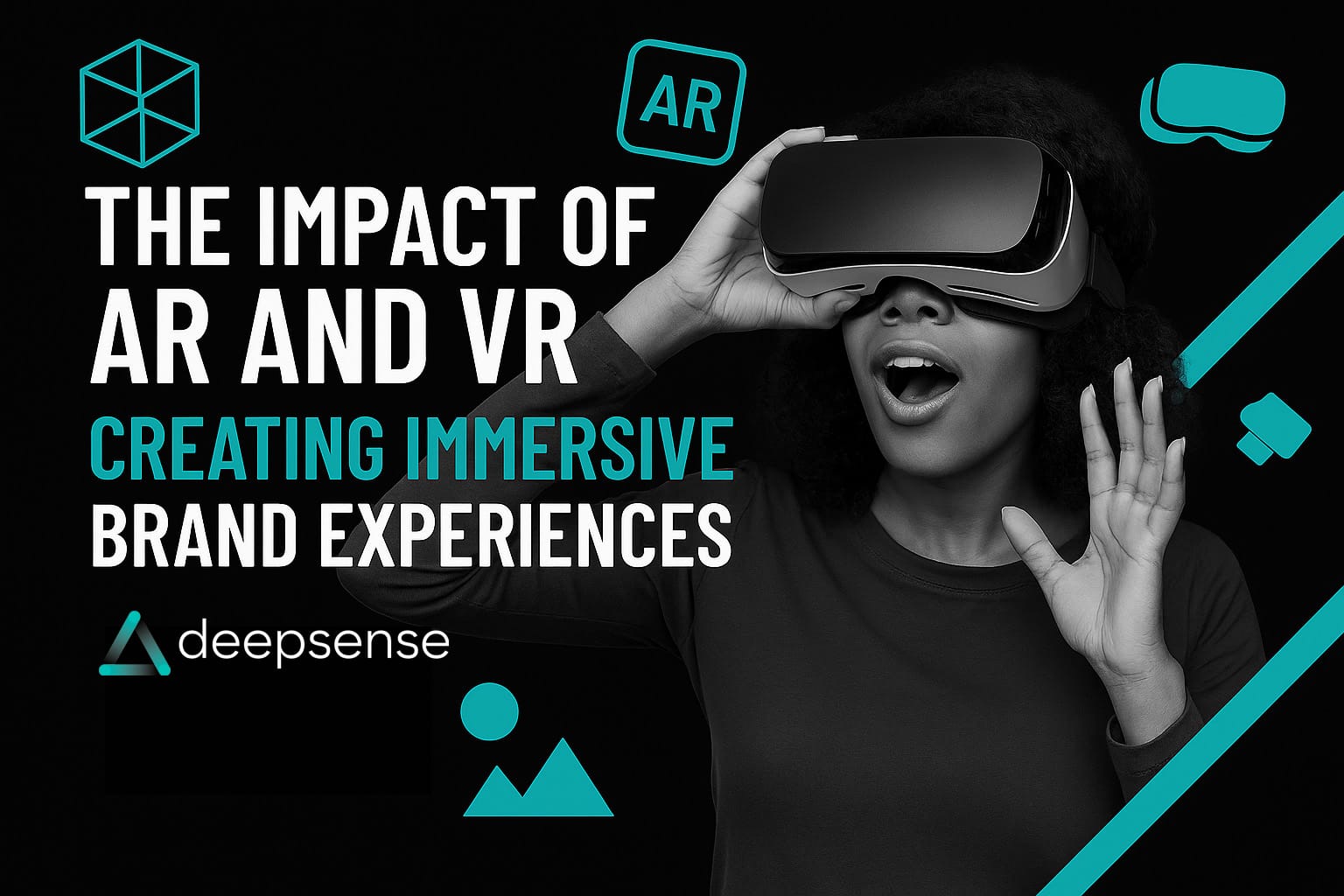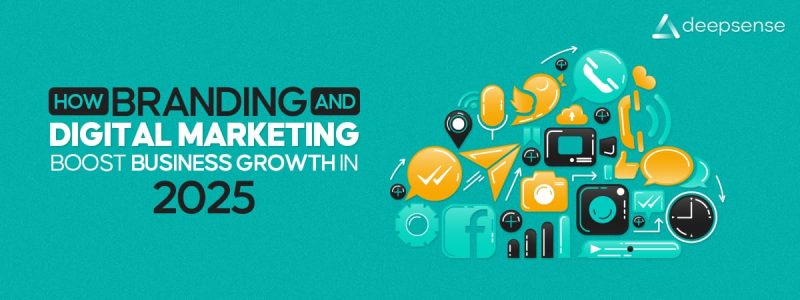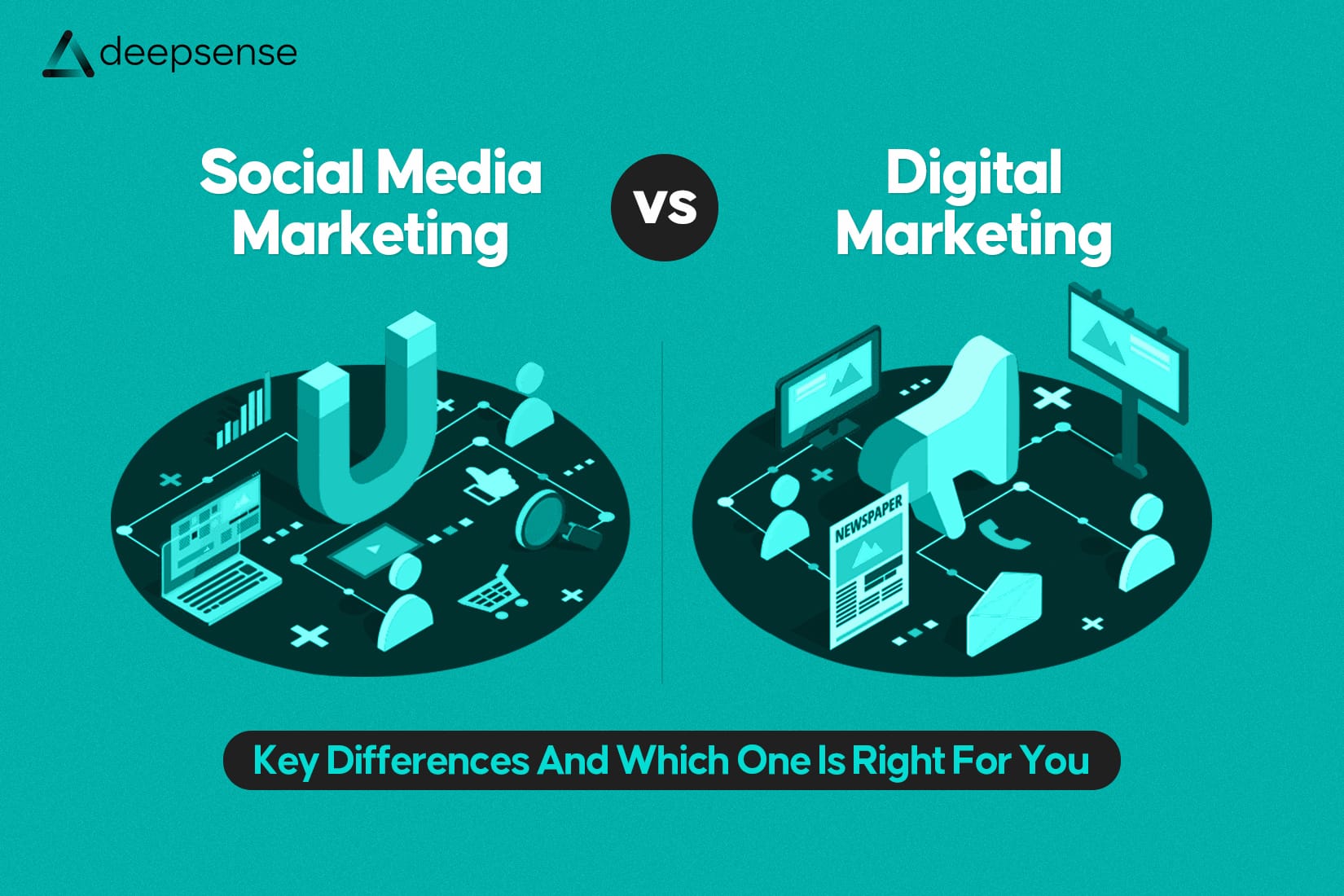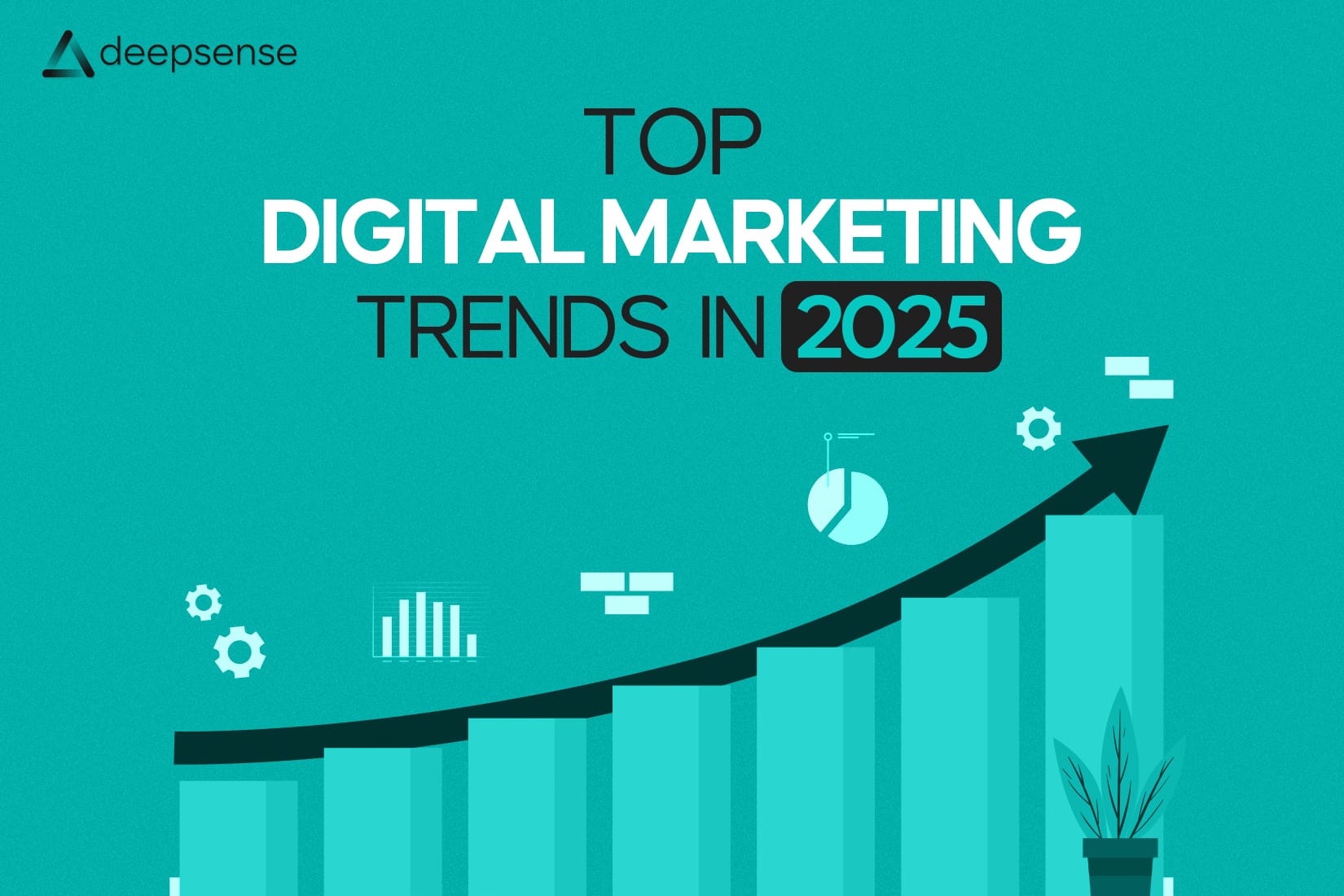In the fast-evolving world of digital marketing, traditional campaigns are no longer enough to capture and retain consumer attention. People want more than just ads, they crave experiences. This shift in consumer behavior has led to a new frontier in marketing: Immersive Brand Experiences powered by Augmented Reality (AR) and Virtual Reality (VR).
From letting customers try on clothes virtually to exploring a product in 3D from their living room, AR and VR are transforming how brands engage, inspire, and convert. But what exactly is the impact of these technologies, and how are the most forward-thinking brands using them to their advantage?
Let’s dive deep.
AR vs. VR: What’s the Difference?
Before we explore the impact, it’s important to understand the difference between AR and VR:
Augmented Reality (AR)
AR enhances the real world by overlaying digital elements (images, animations, sounds) onto a user’s view through smartphones, tablets, or AR glasses.
Example: IKEA Place app lets users place virtual furniture in their real-world space using their phone camera.
Virtual Reality (VR)
VR immerses users in a fully virtual environment using headsets like Oculus Rift, Meta Quest, or HTC Vive. It cuts off the physical world and replaces it with a simulated one.
Example: A VR travel app that lets users “walk through” Paris or swim with dolphins in the Maldives from their home.
Why Immersion Matters in Branding
Immersion leads to engagement, and engagement drives emotional connection. AR and VR aren’t just flashy gimmicks, they trigger deeper interactions by:
- Making consumers feel part of the story
- Delivering memorable sensory experiences
- Encouraging active participation rather than passive observation
- Enhancing product understanding and confidence in purchase
These emotional, visual, and tactile connections make your brand not just seen, but felt.
The Power of AR in Brand Engagement
AR is more accessible than VR, thanks to mobile device integration. It’s quick, user-friendly, and doesn’t require special hardware.
1. Virtual Try-Ons
- Brands like L’Oréal, Warby Parker, and Sephora let users try on makeup, glasses, or clothing through AR before buying.
- Impact: Increases purchase confidence and reduces returns.
2. Interactive Packaging
- Coca-Cola and 19 Crimes Wine use AR to bring packaging to life with storytelling.
- Impact: Turns everyday items into interactive marketing tools.
3. AR in Retail Stores
- Nike and Adidas use AR mirrors in stores to provide styling tips or display limited-edition drops.
- Impact: Enhances in-store experiences and drives footfall.
4. Gamification of Marketing
- Burger King’s “Burn That Ad” campaign let users point their phones at competitor ads to virtually burn them and unlock free Whopper coupons.
- Impact: Viral engagement, real-world foot traffic.
The Role of VR in Deep Brand Storytelling
VR offers complete immersion, making it perfect for emotional storytelling, product education, and brand worlds.
1. Virtual Showrooms and Tours
- Audi and Volvo created VR test drives so users could explore features without visiting dealerships.
- Impact: Extended reach, especially during the pandemic.
2. Brand Storytelling and Awareness Campaigns
- TOMS Shoes used VR to show their “One for One” mission in action by virtually taking customers to Peru to meet children receiving donated shoes.
- Impact: Builds empathy and strengthens brand purpose.
3. Product Simulations
- Lowe’s Holoroom helps customers visualize home improvement projects in VR before starting them.
- Impact: Higher satisfaction and better buying decisions.
4. Event-Based VR Experiences
- Fashion and music brands use VR to livestream immersive fashion shows or concerts to fans across the globe.
- Impact: Removes geographic barriers and democratizes access.
Real-World Success Stories
🔹 Gucci AR Try-Ons
Users can try on Gucci sneakers via Snapchat and directly access the purchase page.
Result: Increased social shares and purchase conversion.
🔹 IKEA Place App
AR app lets customers visualize how furniture looks in their home.
Result: Drastically reduced return rates.
🔹 Adidas VR Campaign
Adidas used VR to show fans what it’s like to climb a mountain with an athlete.
Result: Deep brand affinity and viral content.
Business Benefits of AR/VR in Branding
| Benefit | Description |
| Increased Engagement | Interactive elements lead to longer brand exposure |
| Higher Conversion Rates | Virtual trials reduce hesitation and boost confidence |
| Fewer Returns | Realistic previews lead to better purchase decisions |
| Stronger Recall | Immersive experiences are more memorable |
| Shareability | AR/VR campaigns often go viral on social platforms |
| Global Reach | VR removes physical limitations for campaigns and events |
Challenges and Considerations
Despite the hype, AR and VR come with their own set of hurdles:
- Cost of Development: High-quality AR/VR content can be expensive to create.
- Hardware Limitations: VR requires headsets, which limits accessibility.
- User Education: Not all consumers are familiar with using AR/VR experiences.
- Technical Glitches: Poorly implemented AR/VR can damage brand trust.
Tip: Start small with mobile AR experiences and scale up based on user engagement.
What’s Next for AR and VR in Branding?
The future is promising and packed with innovation:
- AR glasses (like Apple Vision Pro or Meta Ray-Bans) will make immersive brand experiences more mainstream.
- WebAR (browser-based AR) will eliminate the need for apps.
- VR commerce, fully virtual shopping malls and brand worlds
- AI-powered personalization in AR/VR will tailor experiences based on behavior and interests.
As 5G continues to roll out and hardware becomes more affordable, AR and VR will move from novelty to necessity in brand marketing.
Conclusion
AR and VR are not just shiny tech tools, they are transformational storytelling mediums. When used strategically, they help brands connect on a sensory, emotional, and experiential level, forging relationships that go far beyond clicks and conversions.
In a world where attention is the new currency, immersive experiences may just be your brand’s greatest asset.
So, whether you’re a startup or a Fortune 500 brand, now is the time to start exploring:
How can your brand be experienced, not just seen or heard, but truly felt?
FAQs
1. What is the difference between AR and VR in brand marketing?
Augmented Reality (AR) overlays digital elements on the real world using devices like smartphones or AR glasses, while Virtual Reality (VR) creates a fully immersive digital environment using headsets. AR is often used for mobile experiences like virtual try-ons, whereas VR is ideal for deep storytelling and product simulations.
2. How can AR improve customer engagement with a brand?
AR boosts engagement by allowing customers to interact with products in real timec, whether it’s trying on shoes virtually, scanning packaging to unlock content, or visualizing furniture in their home. These interactive experiences make the brand memorable and more relatable.
3. What industries are currently using AR and VR for branding?
Several industries use AR/VR, including:
- Retail & Fashion (virtual try-ons)
- Automotive (virtual test drives)
- Real Estate (virtual property tours)
- Travel & Hospitality (immersive destination previews)
- Consumer Goods (interactive packaging)
4. Do AR and VR experiences increase sales conversion rates?
Yes. AR/VR can significantly increase conversions by reducing uncertainty. Virtual try-ons, previews, and demos help consumers make confident purchase decisions, which also reduces returns and increases satisfaction.
5. Are AR and VR expensive to implement for marketing?
While VR can be costlier due to hardware and content creation needs, AR, especially mobile-based or WebAR solutions, can be relatively affordable. Many brands start small with AR filters or product previews and scale based on engagement.
6. Do customers need special devices to use AR or VR?
- AR: Usually works on smartphones or tablets, no special hardware required.
- VR: Requires a headset (like Meta Quest, HTC Vive, or Oculus), which limits access but provides deeper immersion.
7. What are some examples of successful AR/VR brand campaigns?
- Sephora Virtual Artist – AR try-on for makeup
- IKEA Place App – AR furniture placement in real-world spaces
- TOMS Shoes VR Campaign – Immersive storytelling for their donation initiative
- Adidas VR Climb – VR experience of climbing a mountain with an athlete
8. How can small businesses start using AR or VR in their marketing?
Start with low-cost options like:
- AR filters for Instagram or Snapchat
- WebAR experiences using platforms like 8thWall or Zappar
- Virtual product demos or interactive 360° videos
As customer engagement grows, you can invest in more immersive VR experiences or app-based AR features.











